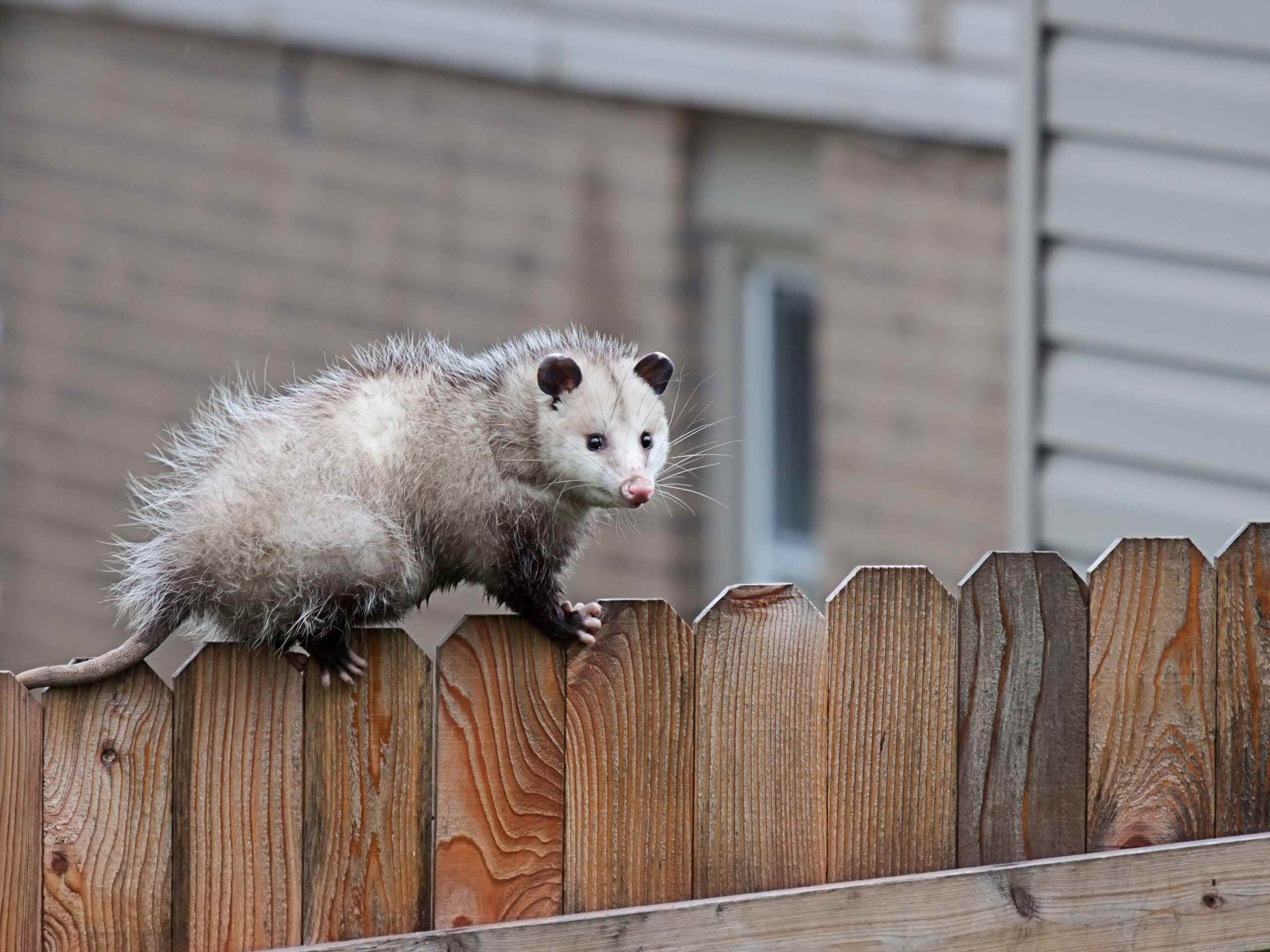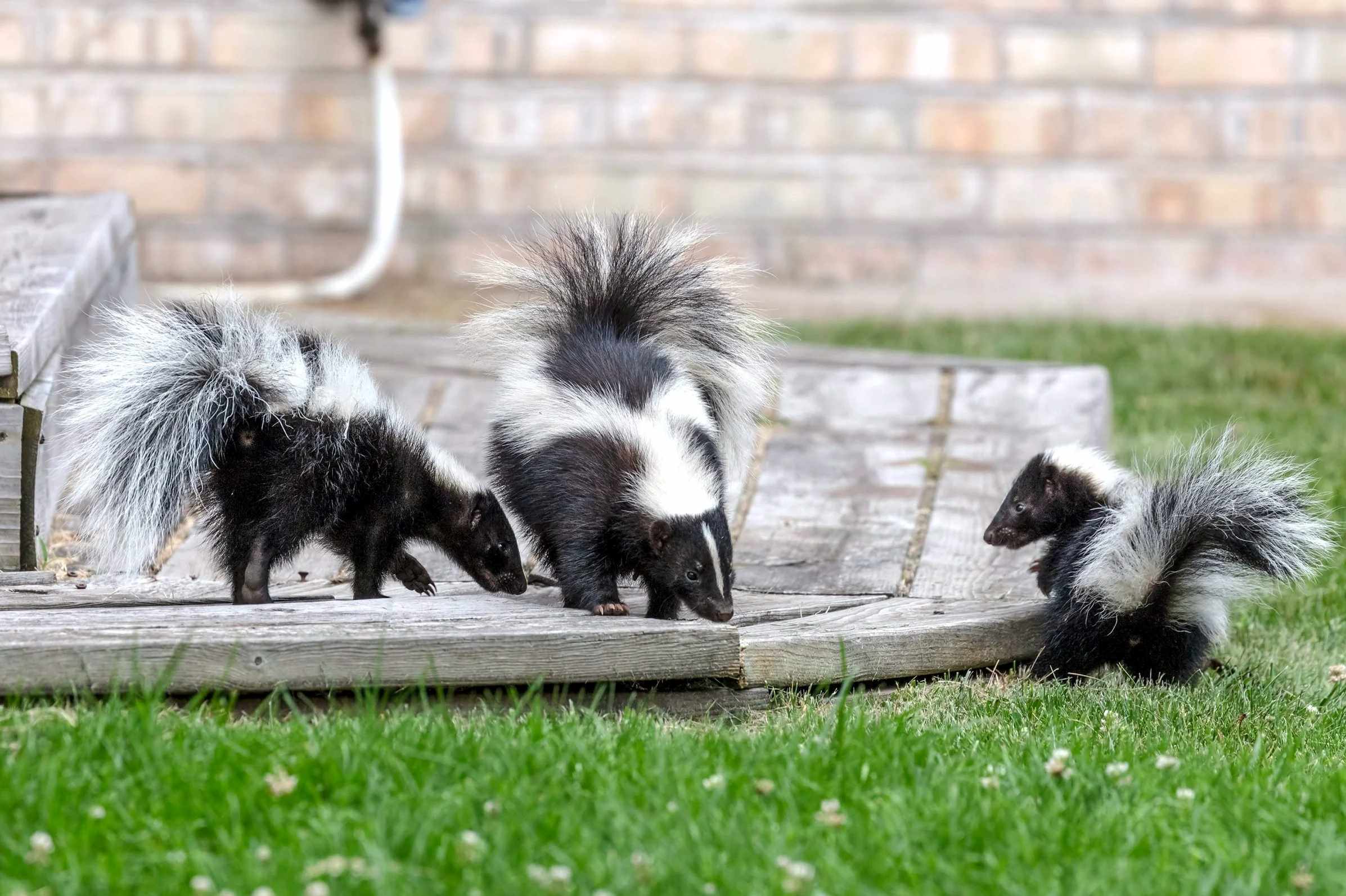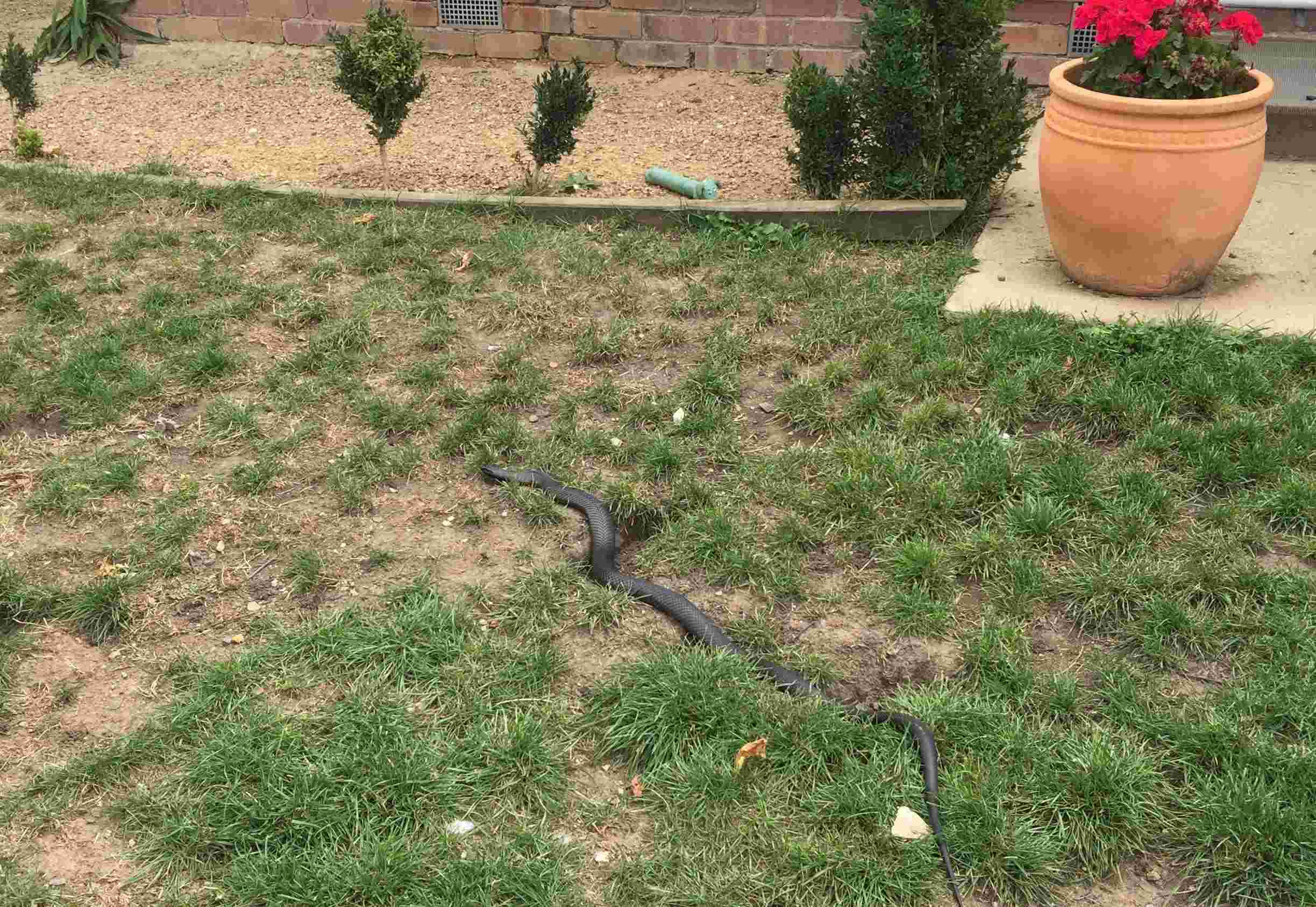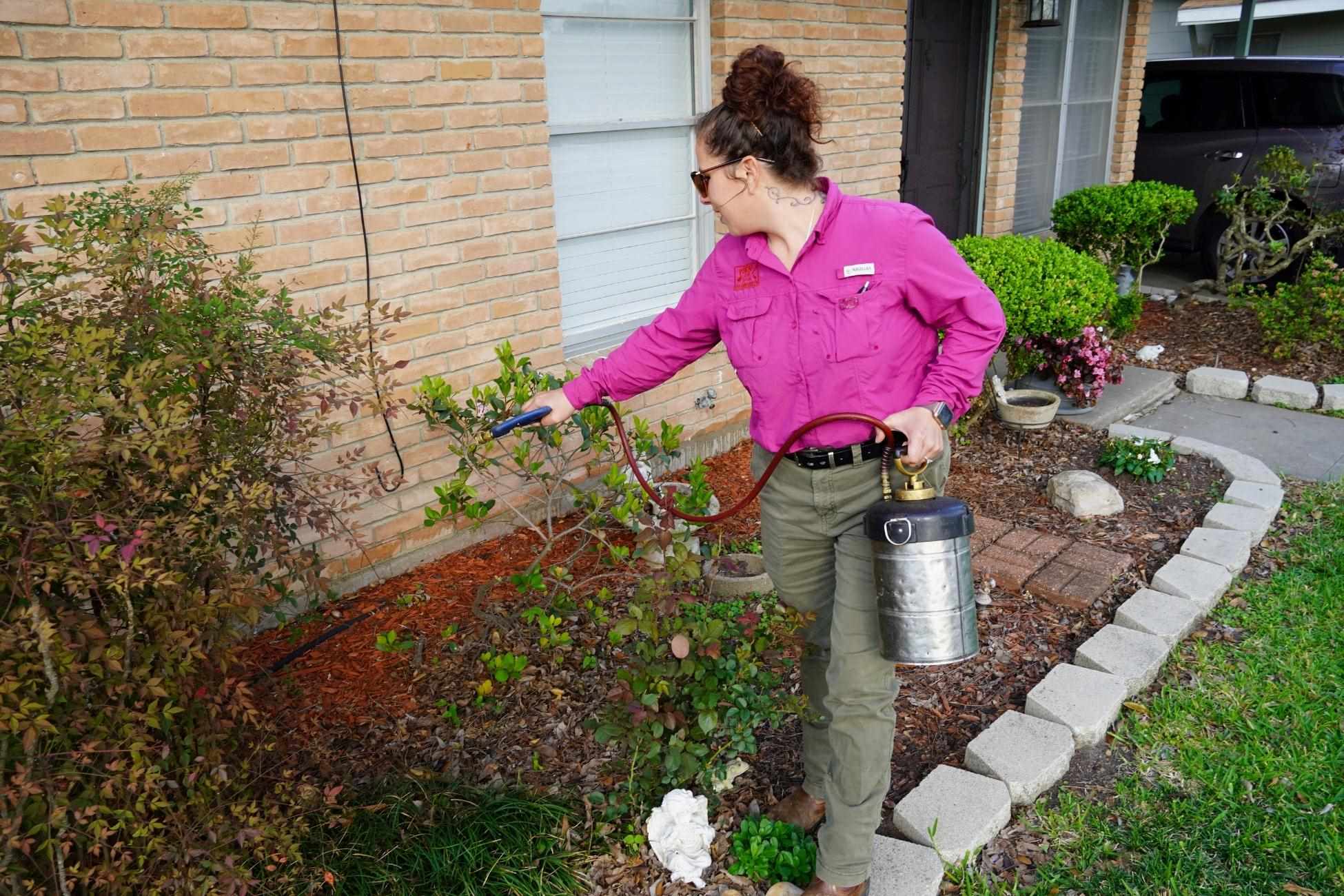Home>Gardening News and Trends>Latest News>How Do Insects Get Into Your House
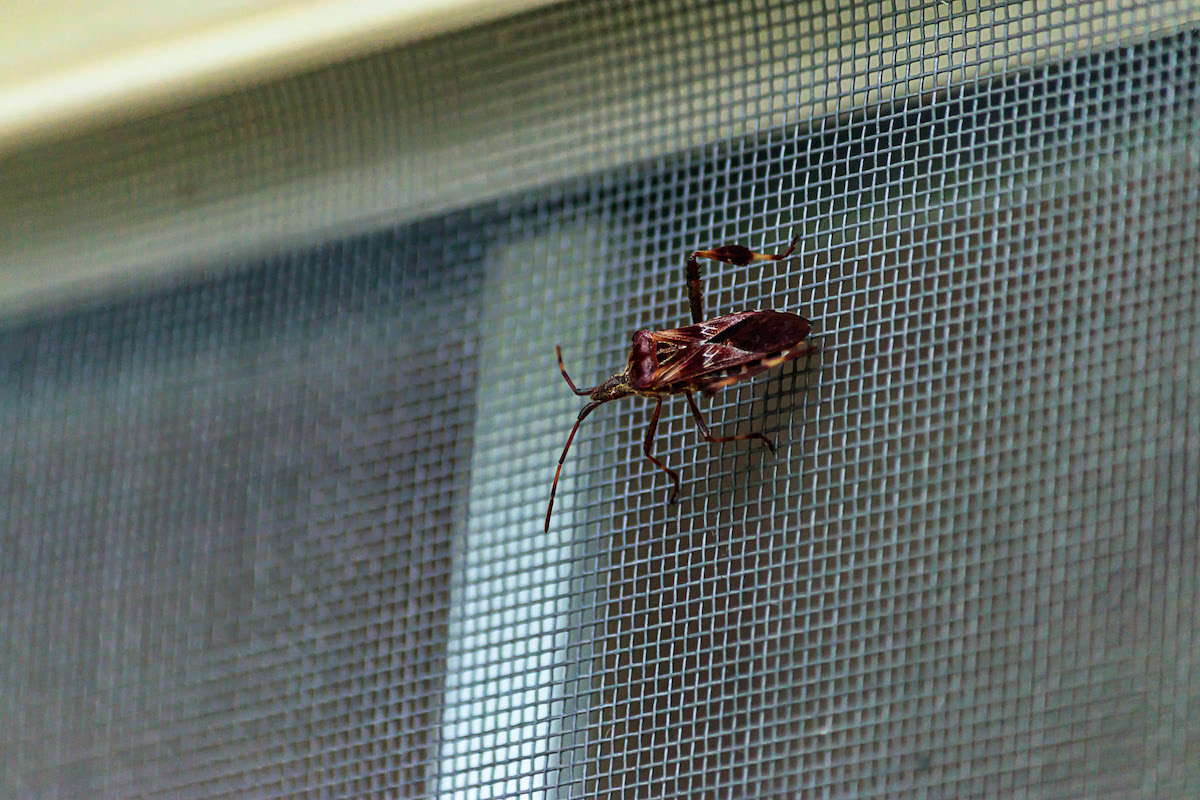

Latest News
How Do Insects Get Into Your House
Modified: January 22, 2024
Discover the latest news on how insects enter your home and learn effective measures to keep them out. Protect your house from unwanted pests with our expert tips.
(Many of the links in this article redirect to a specific reviewed product. Your purchase of these products through affiliate links helps to generate commission for Chicagolandgardening.com, at no extra cost. Learn more)
Table of Contents
Introduction
Have you ever wondered how those pesky insects manage to find their way into your house? It seems like no matter how vigilant you are with keeping doors and windows closed, they always find a way in. Understanding how insects gain access to your home can help you prevent their entry and maintain a pest-free environment.
Insects, such as ants, flies, spiders, and cockroaches, are constantly on the lookout for food, shelter, and favorable conditions. They are attracted to the safety and abundance offered by human dwellings, which provide them with an ideal habitat to thrive and reproduce. While it may seem like an uphill battle to keep them out, knowing the common entry points and their motivations can help you take effective preventive measures.
There are several factors that contribute to the presence of insects in your home. They can enter through tiny cracks and gaps, attracted by the scent of food, seeking refuge from harsh weather conditions, or even hitchhiking on your belongings. By addressing these vulnerabilities and implementing proper prevention and control methods, you can significantly reduce the likelihood of insects invading your living space.
In this article, we will explore the common entry points for insects, the motivations that drive them into your home, and effective methods for prevention and control. Whether you’re dealing with ants in the kitchen, spiders in the basement, or mosquitoes in the backyard, understanding how insects gain access to your house is the first step in keeping them at bay.
Common Entry Points for Insects
Insects are masters at finding vulnerabilities in our homes and squeezing through the tiniest cracks. Understanding their common entry points can help you identify and seal off these access points, preventing them from infiltrating your living space.
1. Doors and Windows: The most obvious entry points for insects are doors and windows. Even with screens in place, small gaps or tears can allow insects to enter. It’s important to check the seals around doors and windows regularly and repair any damages or gaps.
2. Cracks and Gaps: Insects can exploit even the smallest cracks and gaps in the walls, foundation, or roof of your home. Pay attention to areas where pipes, cables, or vents enter the house, as they often create openings that insects can use as entry points. Seal off these cracks and gaps using caulk or weatherstripping.
3. Utility Openings: Utility openings, such as those for water, gas, or electrical lines, can also provide entry points for insects. Inspect these openings and ensure they are properly sealed with the appropriate materials.
4. Siding: Certain types of siding, such as vinyl or aluminum, may have gaps or openings where insects can gain access. Regularly inspect the siding of your home and repair any damaged areas.
5. Attic and Roof: Insects can find their way into your home through the attic or roof. Inspect the eaves, vents, and roof tiles for any potential entry points. Install mesh screens to prevent insects from entering while allowing proper ventilation.
6. Foundation: The foundation of your house can have cracks or gaps that insects can use as entry points. Regularly inspect the foundation and seal off any openings with appropriate materials.
7. Garages and Basements: Garages and basements often have multiple entry points for insects, such as garage doors, windows, or basement windows. Make sure all openings are properly sealed and consider installing weatherstripping on garage doors.
By identifying these common entry points for insects, you can take preventative measures to seal them off and minimize the chances of an infestation. Regularly inspecting your home for vulnerabilities and implementing necessary repairs can go a long way in keeping insects out.
Attracted by Food
The presence of food is a major attraction for insects seeking entry into your home. Whether it’s crumbs left on the kitchen counter or a fruit bowl on the dining table, insects are quick to sniff out potential food sources. Understanding their motivations and taking appropriate measures can help reduce the likelihood of these unwelcome visitors.
Insects such as ants, flies, and cockroaches are particularly drawn to any accessible food sources. They are equipped with a powerful sense of smell that allows them to detect even the tiniest food particles. Here are a few ways to minimize their attraction:
- Keep food properly stored: Store food items in airtight containers to prevent insects from accessing them. This applies not only to dry goods like cereals and grains but also to perishable items in the refrigerator.
- Clean up spills promptly: Any spills or crumbs should be cleaned up immediately. Even the smallest amount of food residue can attract insects.
- Empty trash regularly: Make it a habit to take out the trash regularly, especially if it contains food waste. Keep trash cans tightly sealed to prevent insects from being lured in.
- Wipe down surfaces: Regularly wipe down surfaces, including countertops, tables, and appliances, to remove any food remnants. Pay special attention to hard-to-reach areas where crumbs can accumulate.
- Properly dispose of leftover food: Leftover food should be promptly stored in the refrigerator or disposed of in a sealed trash bag. Leaving it sitting out increases the chances of attracting insects.
- Keep pet food contained: If you have pets, be mindful of where you store their food. Keep it in sealed containers and avoid leaving it out for extended periods when not being consumed.
Taking these simple precautions can make a significant difference in minimizing the presence of insects attracted to food. By denying them access to food sources, you create a less appealing environment for them to inhabit.
Seeking Shelter
When the weather outside becomes unfavorable, insects seek shelter in the warmth and protection offered by our homes. They can enter through various cracks and gaps, finding refuge from harsh conditions and establishing their own cozy habitats. Understanding their motivations for seeking shelter can help you take preventive measures to keep them out.
Insects such as spiders, ladybugs, and stink bugs are known for seeking shelter inside homes during colder months. Here are some strategies to minimize their ability to find refuge in your living space:
- Seal off entry points: Inspect your home for any potential entry points and seal them off. This includes gaps around windows and doors, cracks in the walls, and spaces around utility openings.
- Install weatherstripping: Weatherstripping can help seal gaps around doors and windows, making it more difficult for insects to enter.
- Repair damaged screens: Ensure that window screens are in good condition and free from holes or tears. This will prevent insects from sneaking in through open windows.
- Clear clutter: Insects are attracted to cluttered areas that provide hiding spots. Regularly clean and declutter your home, paying special attention to basements, attics, and storage areas.
- Trim vegetation: Trees, shrubs, and other vegetation close to the exterior of your home can serve as bridges for insects to access your house. Trim branches and ensure a clear boundary between plants and your home.
- Use barrier treatments: Applying barrier treatments around the perimeter of your home can create a deterrent for insects, preventing them from entering.
By taking these measures, you can create an inhospitable environment for insects seeking shelter. Keep in mind that maintenance and regular inspections are key to ensuring that your home remains secure and protected against unwanted intruders.
Hitchhiking
Insects are not always solely responsible for finding their way into your home. Some insects manage to hitch a ride on your belongings, inadvertently being brought indoors. This phenomenon, known as hitchhiking, can occur without you even realizing it. Understanding how insects hitchhike can help you prevent their entry and reduce the chances of infestation.
There are a few ways in which insects can hitchhike into your home:
- On clothing and luggage: Insects can cling onto your clothing, shoes, or bags while you are outdoors. They can then be transported into your home when you enter.
- Through plants and flowers: Insects can hide within potted plants, cut flowers, or even fresh produce. Bringing these items indoors without proper inspection can inadvertently introduce insects into your living space.
- Via second-hand items: Used furniture, clothing, or other items can harbor hidden insects. It’s essential to examine such items thoroughly before introducing them into your home.
- Through open doors and windows: Insects may opportunistically enter your home when doors and windows are left open. They can be drawn in by exterior lights or simply by chance.
To minimize the risk of hitchhiking insects, consider implementing the following preventive measures:
- Inspect and shake out clothing and bags: Before entering your home, inspect your clothing and bags for any hitchhiking insects. Give them a good shake outside to dislodge any unwanted guests.
- Inspect plants and flowers: Examine plants and flowers for any signs of insects before bringing them indoors. Remove any insects or eggs you may find.
- Thoroughly inspect second-hand items: Before bringing second-hand items into your home, carefully inspect them for signs of insect activity. If necessary, treat or clean the items to eliminate any potential hitchhikers.
- Secure doors and windows: Ensure that doors and windows are properly sealed to prevent insects from entering opportunistically.
- Consider using pest control treatments: Regularly treating your home with appropriate pest control methods can create a barrier that prevents hitchhiking insects from establishing themselves.
By being mindful of the potential for insects to hitchhike into your home, you can take proactive steps to prevent their entry. Vigilance and proper inspection are key to minimizing the chances of accidental infestations.
Prevention and Control Methods
Keeping insects out of your home requires a proactive approach that combines prevention and control methods. By implementing these strategies, you can create a pest-resistant environment and minimize the chances of infestation.
1. Maintain cleanliness: Regularly clean your home, paying attention to areas prone to food crumbs and spills. Vacuum carpets, sweep floors, and wipe down surfaces to eliminate potential food sources for insects.
2. Seal off entry points: Inspect your home for cracks, gaps, and openings that insects can use as entry points. Seal them off using caulk, weatherstripping, or mesh screens to deny insects access to your living space.
3. Properly store food: Keep food items in sealed containers to reduce the chances of attracting insects. This applies to both dry goods and perishable items in the refrigerator.
4. Maintain outdoor cleanliness: Trim vegetation, remove stagnant water, and keep garbage bins tightly sealed to minimize outdoor insect attractants.
5. Utilize natural repellents: Some insects can be deterred by natural repellents such as essential oils or plants with strong odors. Examples include peppermint oil for deterring ants or citronella plants to repel mosquitoes.
6. Consider professional pest control: If despite your efforts you still face persistent insect issues, seeking the help of a professional pest control service can provide effective and long-lasting results.
7. Regular inspections: Conduct regular inspections of your home to identify any signs of insect activity. Early detection can help prevent infestations from becoming widespread.
Remember that prevention is key when it comes to keeping insects out of your home. By implementing these prevention and control methods, you can create an inhospitable environment for pests and maintain a pest-free living space.
Conclusion
Understanding how insects gain access to your home is crucial in preventing their entry and maintaining a pest-free living environment. By identifying common entry points, such as doors, windows, cracks, and gaps, you can take proactive measures to seal them off and minimize the potential for insect infestations.
Insects are attracted to our homes for various reasons, including the availability of food, shelter from harsh weather conditions, and even hitchhiking on our belongings. By practicing good hygiene, proper food storage, and regular cleaning, you can reduce the attractiveness of your home to insects.
Sealing off entry points, using weatherstripping, and repairing damaged screens are essential in preventing insects from infiltrating your living space. Additionally, proper landscaping maintenance, thorough inspection of second-hand items, and caution when bringing plants and flowers indoors can help minimize the risk of hitchhiking insects.
If preventive measures are not enough, professional pest control services can provide effective solutions to control and eliminate insect infestations. Regular inspections and early detection can also prevent minor issues from escalating into major problems.
Remember, maintaining a clean and well-sealed home, along with a proactive approach to pest prevention, is key to minimizing the presence of insects and enjoying a pest-free living environment.


